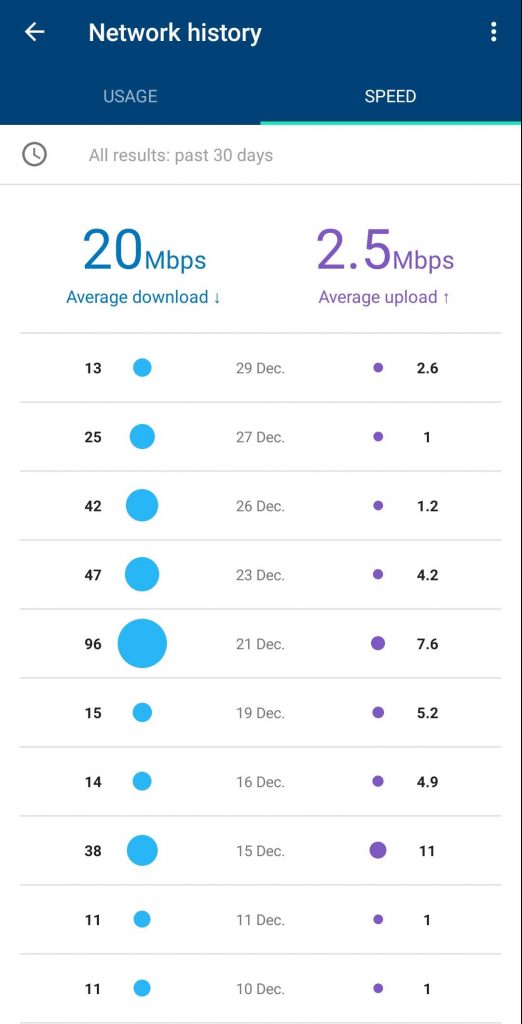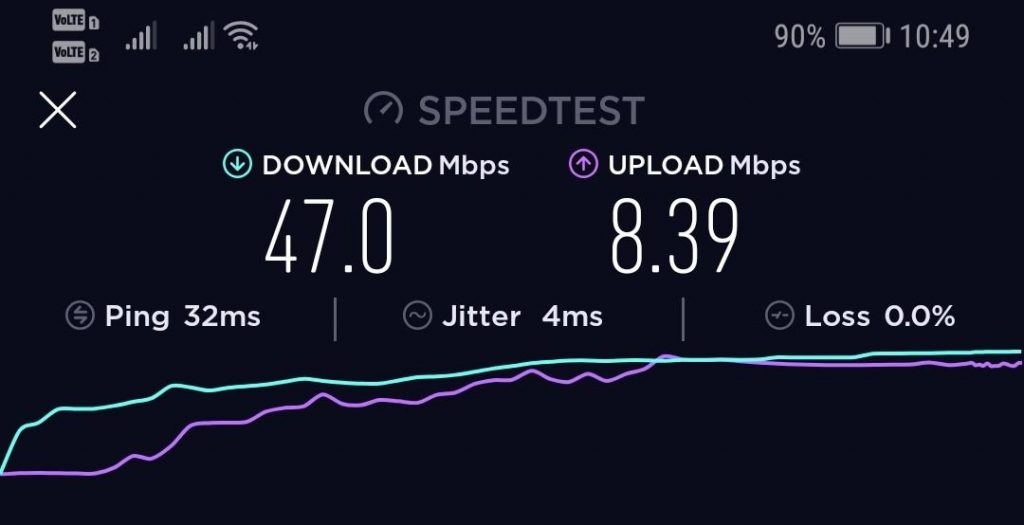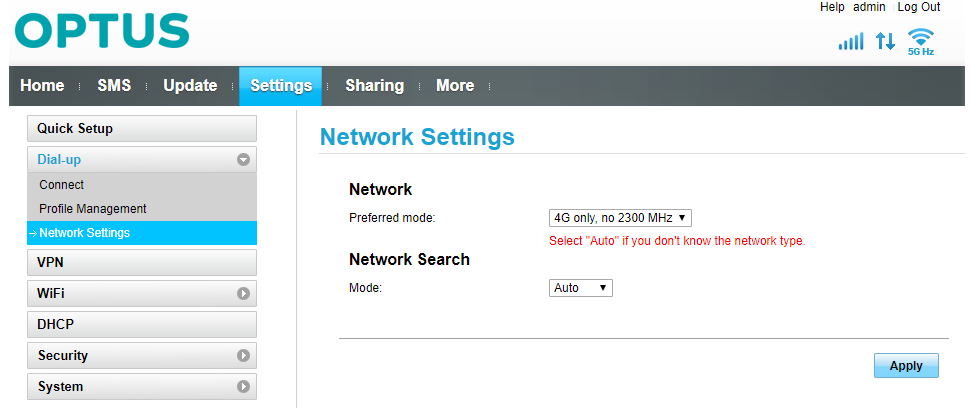Back in December, on news of Vividwireless’ demise, I decided to sign up with Optus for some 4G home broadband. As you may recall, at $80 per month for 500GB of data, it sounded like a deal too good to be true. My place is in broadband hell. We can’t get decent ADSL because we’re too far from the exchange, our developer didn’t register our building with NBN (so we have to wait) and there’s no other alternatives.
So, I went with the best offer I could find. Vividwireless’ unlimited plan cost $10 more at $90 per month, and besides Optus, wireless broadband options are pretty scant.
The sign-up process was a breeze, and initial impressions were positive. I thought I’d come back and talk about the service after a month’s use so you can get some real-world impression of how the service performs.
How fast is Optus 4G wireless broadband, really?
When comparing a broadband plan, speed matters. Unlike the NBN, where speeds are (relatively) predictable, 4G is something completely different. There are many factors that impact the speed you get at home. Factors such as modem placement, signal strength, congestion on your local mobile tower all combine to limit your maximum speed.
Luckily for me, I don’t have to run speed tests every day to find out what’s going on. Google WiFi runs regular speed tests for you, and reports them easily. Below, you can see that since switching from Vividwireless, our speeds have definitely improved:

There is a downside, though. Our speeds are far from constant, and they do vary a bit during the day. For example, just now while I’m writing this story, our speed is sitting at 47mbps down and 8.4mbps up:

That’s quite a usable speed, and in downstream speed at least it’s the equal of the majority of NBN plans. The upload speed is quite a bit less, but the average user really doesn’t need much by way of upload speed. Frankly, neither do I. 8mbps is more than enough to upload photos and videos for Ausdroid, to backup my photos to Google’s Cloud, and to send emails etc. Unless you’re backing up massive amounts of data over the Internet, anything more is – in 2019 – largely unnecessary.
However, Optus’ 4G speed isn’t constant throughout the day. Like most Internet services, it starts to taper off later in the afternoon and into the evening – but it is very variable.
What are the worst part of Optus 4G wireless broadband?
In a word? Congestion. Optus’ network – like most others, to be fair – is well subscribed. I wouldn’t say its overly so, but there are times when the impact is obvious, and it’s mostly in the evening.
I’ve also found that Optus’ 2300 MHz spectrum can be very congested in the evenings. It’s shared with Vividwireless customers, and even on that service, it was very slow at night. Fortunately, Optus’ 4G modem allows you to specify what 4G you’d like to use:
- 4G (Auto)
- 4G (No 2300 MHz band)
- 4G (2300 MHz band only)
It might sound simple – just don’t use 2300 MHz and you’ll be fine. However, it isn’t quite that simple. In the evenings, the 2300 MHz band is pretty poor, and you’ll find yourself wanting to avoid it. However, during business hours (and early morning), the 2300 MHz band can actually be the faster experience.

At our place, we’ve settled on 4G (No 2300 MHz band) because it gives the more consistent speed; it’s fast during the day, and still fairly quick at night (even though it does taper off a bit).
Overall, Optus 4G wireless broadband is plenty quick enough for whatever your needs, most of the time.
Does Optus 4G wireless broadband support all the things I want?
Yeah, it does. If your household is anything like mine, there’s some must-have services that have to work reliably over your home internet.
For example, Netflix is a must. Streaming sports? Absolutely. The ability to upload photos and stuff off-site. The ability to do most of these things at the same time? Absolutely essential.
In my experience, you can achieve most of this. Except at its very worst performance (which has only happened once or twice over the last month), Optus 4G has been fast enough to support Netflix streaming while doing other things – for example, working on Ausdroid, browsing the web, doing app updates from the Play Store and more.
Can you stream multiple HD videos while downloading Linux ISOs at full speed? Well, no. But you can watch Netflix in the loungeroom while someone’s downloading something at a reasonable clip. Yesterday, we had Netflix going for the kids and I was downloading some data at 3MB/s with no issue.
Would I recommend it?
If you can’t get ADSL, or its garbage, and you can’t get NBN just yet, then yes. Optus 4G Home Wireless Broadband has been a godsend for our place.
At $80 a month, the 500GB inclusion is huge and something we’re unlikely to ever reach. Your place might be different, and the excess usage fees aren’t cheap – $10 per 10 GB is prohibitive, and you can only get an extra 50GB before you get dropped back to 256kbps speeds. Let’s be honest, most people aren’t going to hit 500GB a month unless they’re doing a LOT of streaming (or downloading things they shouldn’t).
If you’re not afraid of logging into your modem to change a few settings (which you may have to do to get the best speed), then Optus 4G broadband is a no-brainer. Changing the settings is easy, and you can’t really break it.
Though it can be slow at times, I’m yet to find an Internet provider that isn’t. In the last month or so, we’ve had two instances where the Internet has been truly too slow to use. For the rest of the time, we’ve had no issues at all, and found it a pleasure to use.


